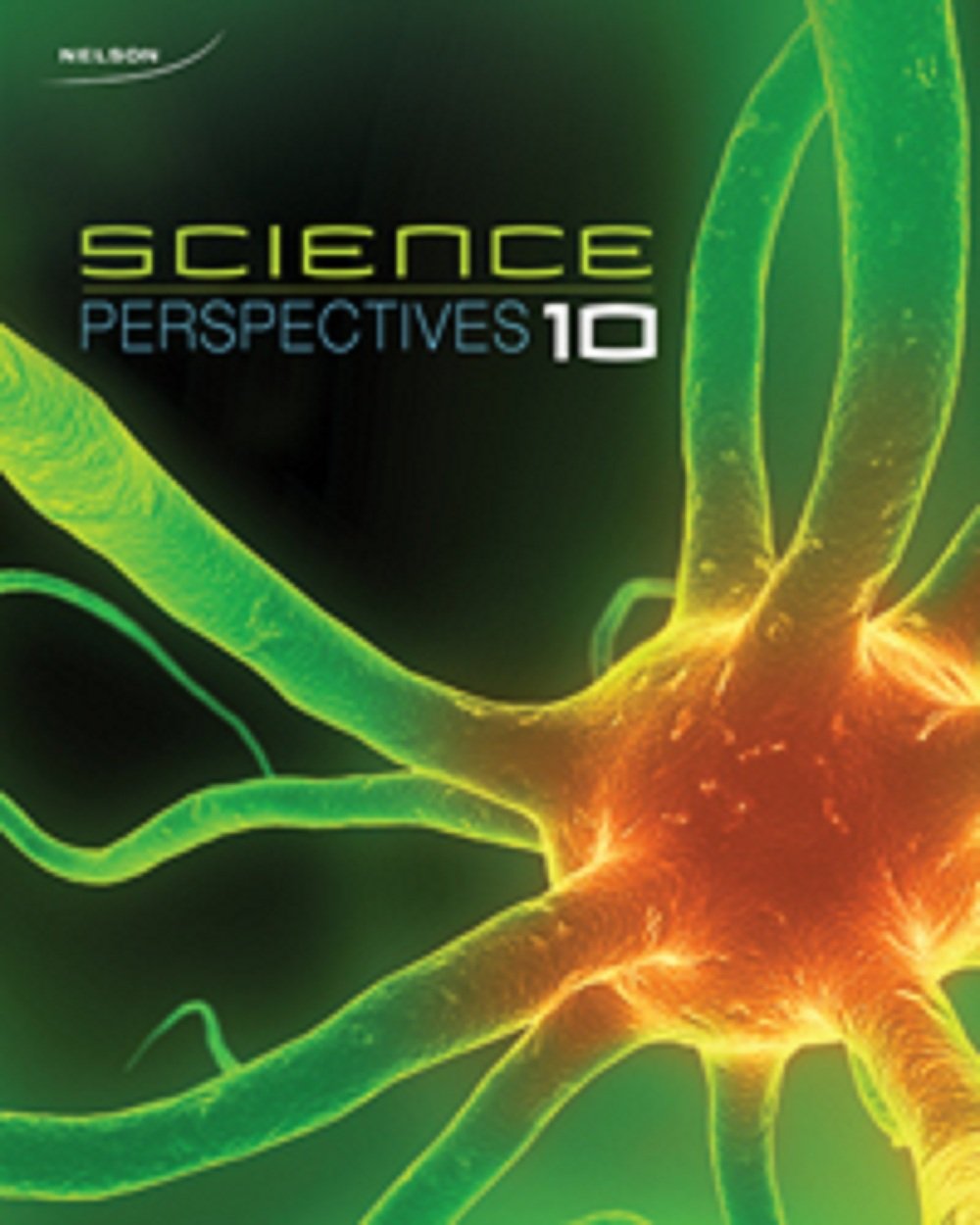
All Solutions
Section 13-4: The Lens Equations
$$
d_0=32
$$
$$
f=23
$$
$$
dfrac{1}{d_0}+dfrac{1}{d_i}=dfrac{1}{f}
$$
Rearrange to solve for $d_i$:
$$
dfrac{1}{d_i}=dfrac{1}{f}-dfrac{1}{d_0}
$$
Simplify using least common denominator:
$$
dfrac{1}{d_i}=dfrac{d_0-f}{fd_0}
$$
Rearrange:
$$
d_i=dfrac{fd_0}{d_0-f}
$$
Substitute values:
$$
d_i=dfrac{23(32)}{32-23}
$$
Simplify and evaluate:
$$
d_i=81.bar7
$$
The image of the frog is $81.bar7$ cm away from the lens.
$$
d_0=53
$$
$$
d_i=-18
$$
$$
dfrac{1}{f}=dfrac{1}{d_0}+dfrac{1}{d_i}
$$
Substitute values:
$$
dfrac{1}{f}=dfrac{1}{53}-dfrac{1}{18}
$$
Simplify and evaluate:
$$
dfrac{1}{f}=dfrac{18-53}{53(18)}=-dfrac{35}{954}
$$
Take reciprocal:
$$
f=-dfrac{954}{35}=-27.26
$$
The focal length of the diverging lens is 27.26 cm. The negative sign indicates that it is virtual in nature and on the same side of the lens as the object and its image.
$$
d_i=-13
$$
$$
f=34
$$
$$
dfrac{1}{d_0}+dfrac{1}{d_i}=dfrac{1}{f}
$$
Rearrange to solve for $d_o$:
$$
dfrac{1}{d_o}=dfrac{1}{f}-dfrac{1}{d_i}
$$
Simplify using least common denominator:
$$
dfrac{1}{d_o}=dfrac{d_i-f}{fd_i}
$$
Rearrange:
$$
d_o=dfrac{fd_i}{d_i-f}
$$
Substitute values:
$$
d_o=dfrac{(34)(-13)}{-13-34}
$$
Simplify and evaluate:
$$
d_o=9.404
$$
The object is $9.404$ cm away from the lens.
$$
d_o=11
$$
$$
f=16
$$
$$
dfrac{1}{d_0}+dfrac{1}{d_i}=dfrac{1}{f}
$$
Rearrange to solve for $d_i$:
$$
dfrac{1}{d_i}=dfrac{1}{f}-dfrac{1}{d_o}
$$
Simplify using least common denominator:
$$
dfrac{1}{d_i}=dfrac{d_o-f}{fd_o}
$$
Rearrange:
$$
d_i=dfrac{fd_o}{d_o-f}
$$
Substitute values:
$$
d_i=dfrac{(16)(11)}{11-16}
$$
Simplify and evaluate:
$$
d_i=dfrac{176}{-5}=-35.2
$$
The image is formed $35.2$ cm away from the lens on the same side of the lens as the insect. This is indicated by the negative sign of the value of $d_i$. This negative sign also indicates that the image is virtual in nature and upright in attitude.
$$
h_o=12
$$
$$
h_i=35
$$
Equation of magnification in terms of height:
$$
M=dfrac{h_i}{h_o}
$$
Substitute values:
$$
M=dfrac{35}{12}
$$
Evaluate:
$$
M=2.9bar1
$$
The magnification of the lens is $2.9bar1$.
b. Real image
$$
h_o=14
$$
$$
h_i=7.9
$$
$$
M=dfrac{h_i}{h_o}
$$
Substitute values:
$$
M=dfrac{7.9}{14}
$$
Evaluate:
$$
M=0.564
$$
The magnification of the lens is $0.564$.
$$
h_o=2.8
$$
$$
h_i=1.3
$$
Equation of magnification in terms of height:
$$
M=dfrac{h_i}{h_o}
$$
Substitute values:
$$
M=dfrac{1.3}{2.8}
$$
Evaluate:
$$
M=0.464
$$
The magnification of the lens is 0.464.
b. Image is upright in attitude
$$
d_o=9.4
$$
$$
M=5.6
$$
Equation of magnification in terms of distance:
$$
M=dfrac{d_i}{d_o}
$$
Rearrange to solve for $d_i$:
$$
d_i=Mtimes d_o
$$
Substitute values:
$$
d_i=5.6times 9.4
$$
Evaluate:
$$
d_i=52.64
$$
The image is located at a distance of 52.64 cm from the lens on the same side as the object (fork).
Lens equation:
$$
dfrac{1}{f}=dfrac{1}{d_0}+dfrac{1}{d_i}
$$
Substitute values. Note that the image is virtual, therefore $d_i$ is taken to be $-52.64$:
$$
dfrac{1}{f}=dfrac{1}{9.4}+dfrac{1}{-52.64}
$$
Simplify:
$$
dfrac{1}{f}=0.1064-0.0189=0.0875
$$
Evaluate:
$$
f=dfrac{1}{0.0875}=11.429
$$
The focal length of this lens is 11.429 cm.
b. Focal length of the lens is 11.429 cm.
c. This is a converging lens.

